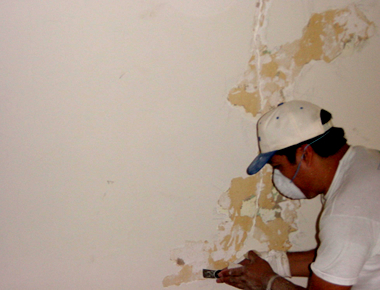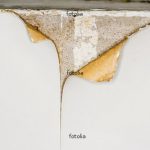It is quite sad that a lot of people believe that you just can’t repair plaster cracks. They think that it is purely impossible to repair a plaster wall. The conclusion is that the only way to resolve such a dilemma is to simply replace the entire thing. However, for those who just don’t give up when given a challenge, there is still a way to fix a cracked plaster wall even if does require a lot of work.
Preserving the Old Plaster Wall
The difficulty with efforts to repair plaster cracks comes when the damage is already too far gone. If that happens then you’ll be doing more work just to get things fixed. To make things a whole lot easier for you is to fix plaster cracks as soon as you see the slightest signs of the incoming problem.
It isn’t always advisable to just tear down the old plaster and put in new ones. Once you get on that cycle of simply just replacing the old damaged one, you’ll soon have a large stock pile of broken plaster taking up a lot of space on your backyard. You might even quit on plaster altogether and just begin purchasing drywall instead.
Repair Plaster Cracks
The best practice to repair plaster cracks is to start working on it when you see the smallest sign of the said issue. This means that you should begin working on plaster cracks when they’re still rather small. The first step is to check your plaster and look for small cracks that will need repair.
Next, grab a knife and score the crack and then you need to open its edges. The idea here is to widen the area where the repair compound should cover. Once you’re done with it you should check for loose crumbs on the plaster and brush them off if any are found.
Grab a container of joint compound and bring out a taping knife. The next step is to repair plaster cracks is to apply an amount of joint compound on the area you cleared earlier. Smoothen out this compound on the area where the crack was located.
Next, bring out some fiberglass tape and press it on the area where you applied your joint compound. You should tape up the area that had the crack on the plaster. Once you have that section of the plaster covered, just leave it there to dry. The next step is to sand down any bumps on the repaired surface. Next, apply a second and a third layer that will extend a few inches beyond the repair area and sand each layer once they’re dry.



